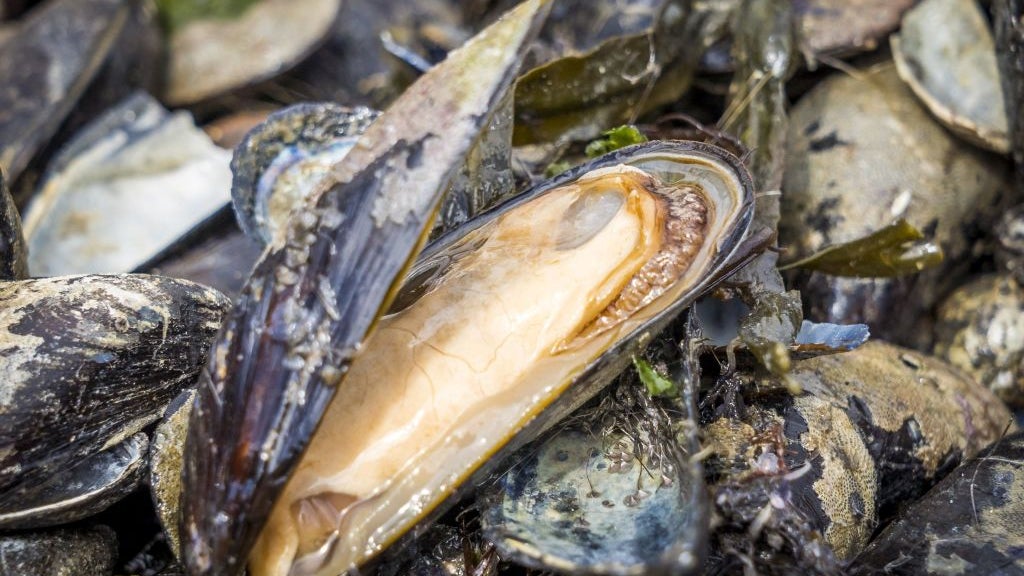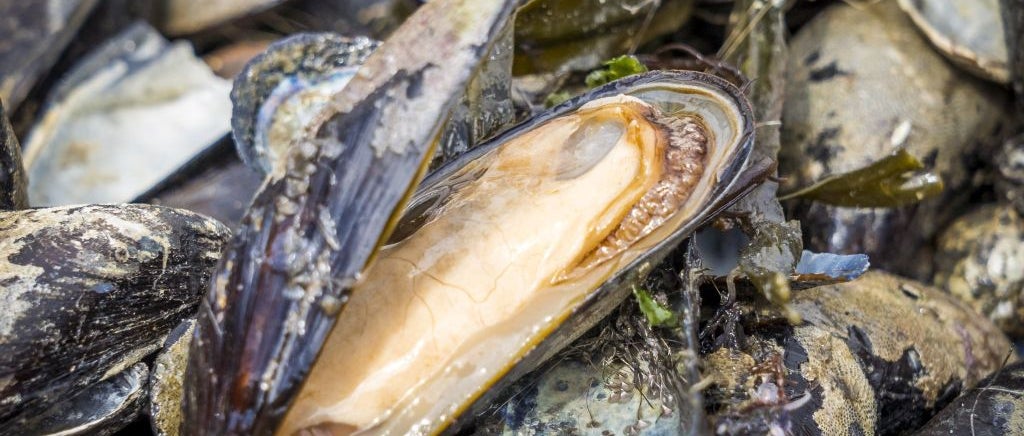The end of June brought a tide of death to myriad marine animals and hundreds of people within a 5-day span.
An estimated 1 billion creatures died in a Vancouver heat wave lasting from June 26 to June 28.
Christopher Harley, a professor in the zoology department at the University of British Columbia, visited Kitsilano Beach to find hundreds of dead mussels, rotting within their shells.
"It was a catastrophe over there," he said to the outlet. "There's a really extensive mussel bed that coats the shore and most of those animals had died."
Harley told CNN that mussels attach to surfaces like rocks. They are used to sunlight exposure during low tide and generally can't survive temperatures over 100 degrees for extended periods of time, making the beach’s surface temperature of 125 degrees dangerous.
Harley told CNN that 50 to 100 mussels could live in an area that is the size of your palm, and several thousand could fit in an area the size of a kitchen stovetop.
"There's 4,000-some miles of shoreline in the Salish Sea, so when you start to scale up from what we're seeing locally to what we're expecting, based on what we know where mussels live, you get to some very big numbers very quickly," he said to the outlet. "Then you start adding in all the other species, some of which are even more abundant."
"What worries me is that if you start getting heat waves like this, every 10 years instead of every 1,000 years or every five years, then it's -- you're getting hit too hard, too rapidly to actually ever recover," Harley said to CNN.
According to the World Weather Attribution, this unprecedented heat wave would not have occurred without human interference.
The heat wave did not just affect the animals, as over 700 deaths were reported between June 25 and July 1 — three times more than was expected.







